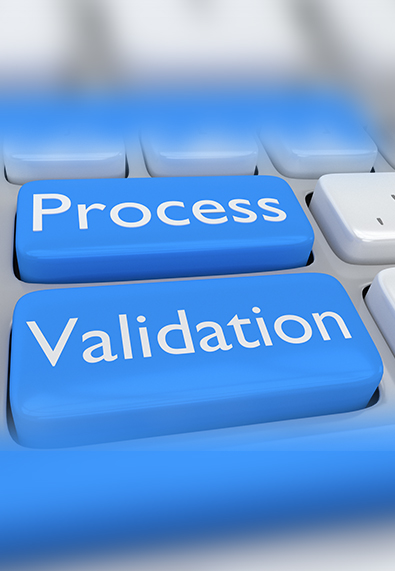
The #1 responsibility of everyone involved in reusable medical device processing is to minimize the risk of patient harm caused by a device that remains contaminated with organic debris after processing. This responsibility begins with pre-cleaning the device at point of use and it continues through all of the processing steps prior to its eventual use with a patient. The responsibility to minimize patient risk from a contaminated device is especially critical when it comes to processing surgical instruments.
Surgical instruments that remain contaminated after cleaning, ‘visual’ inspection and sterilization continue to be a significant cause of surgical site infections (SSIs). SSIs are the most common and most expensive of all hospital-acquired infections (HAIs). SSIs are responsible for 20 percent of all HAIs and SSIs occur in 2 to 5 percent of all surgeries. On average, an SSI increases the hospital length of stay by 9.7 days. 1
Sadly, far too many people mistakenly believe that if a device has been sterilized, even though the device remains contaminated with organic debris after cleaning, it is safe to use on a patient. Nothing could be further from the truth. Any device that remains contaminated with residual organic debris is not safe to use, even after complete and thorough sterilization.
So what steps can you and your facility take to reduce the risk of a reusable medical device, including scopes, which remains contaminated with organic debris after processing from being returned to use and causing patient harm?
The first step that you can take is to recognize that certain types/categories of reusable medical devices create the greatest decontamination, cleaning and sterilization challenges for everyone involved with device processing
The good news is that you and your staff don’t have to try and identify those devices that cause the greatest processing challenges and represent the greatest infection risk to your patients. That is because “The FDA has identified a subset of medical devices that pose a greater likelihood of microbial transmission and represent a high risk of infection (subclinical or clinical) if they are not adequately reprocessed.”2
The FDA first published their list of “High Risk” reusable medical devices on June 9, 2017.
The FDA document further states that “This section also gives FDA the authority to determine that a 510(k) submission for these reusable devices are not substantially equivalent to a predicate device if the validated instructions for use and reprocessing validation data submitted as part of the 510(k) are inadequate.”3
In Part II of this blog we will outline the steps that you, your staff and your facility can take to meet the challenges created by the FDA’s list of “High Risk” devices.
1 Journal of the American College of Surgeons “Surgical Site Infection Guidelines, 2016 Update”
January 2017 Volume 224, Issue 1, Pages 59–74
2 FDA publication “Reprocessing Medical Devices in Health Care Settings: Validation Methods and Labeling” June 9, 2017 Appendix E
3 Op. cite.
December 11, 2019
3 view(s) 


